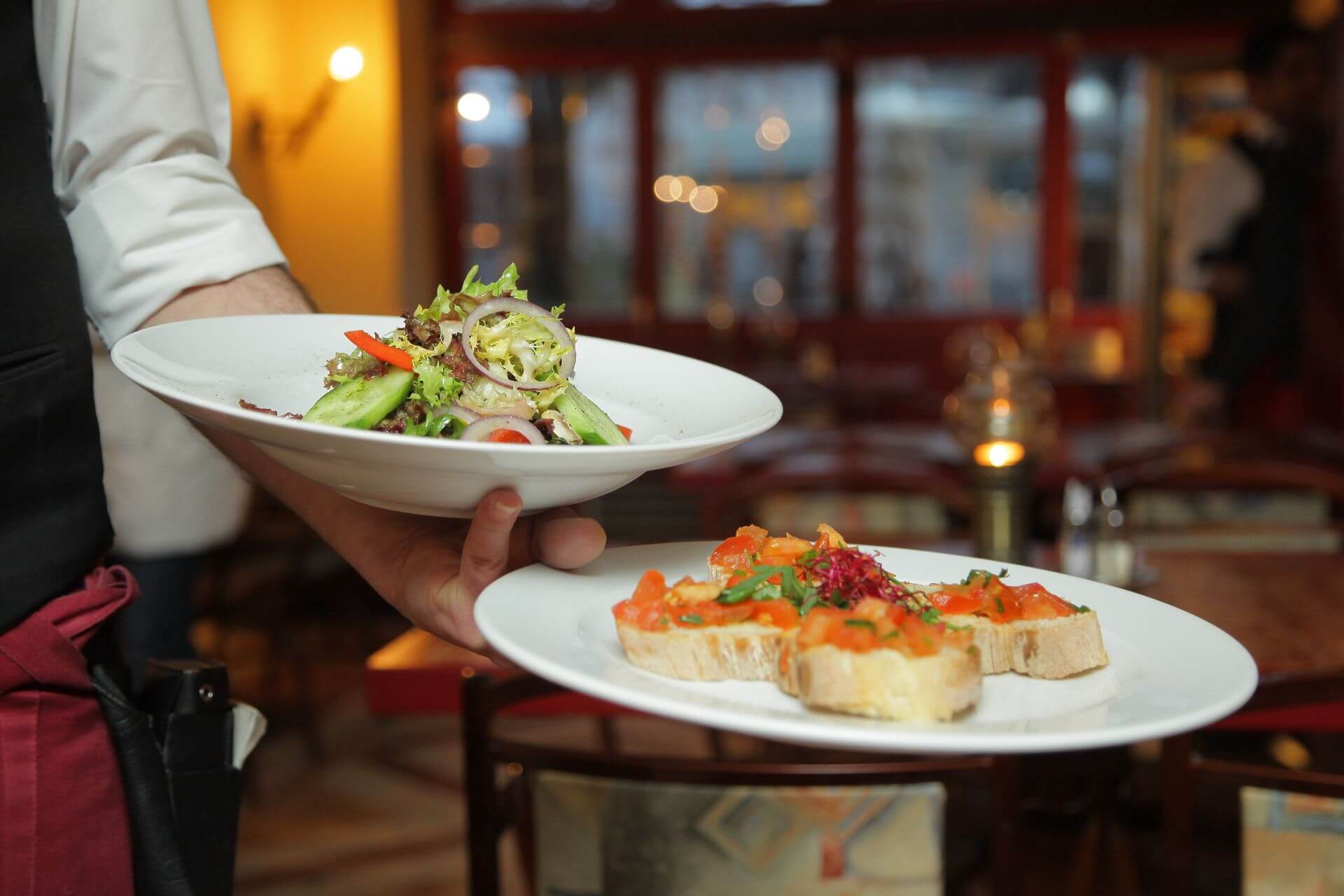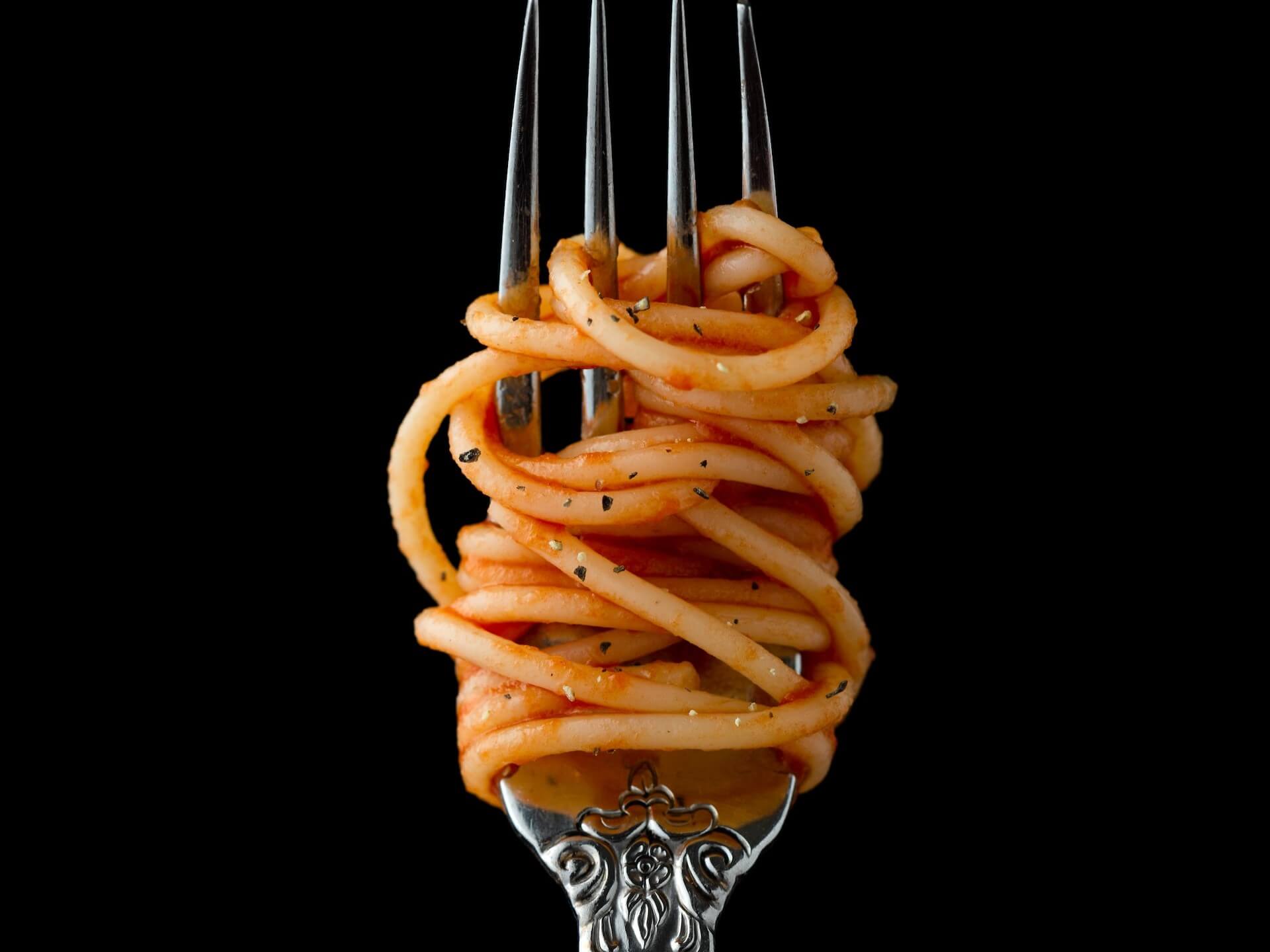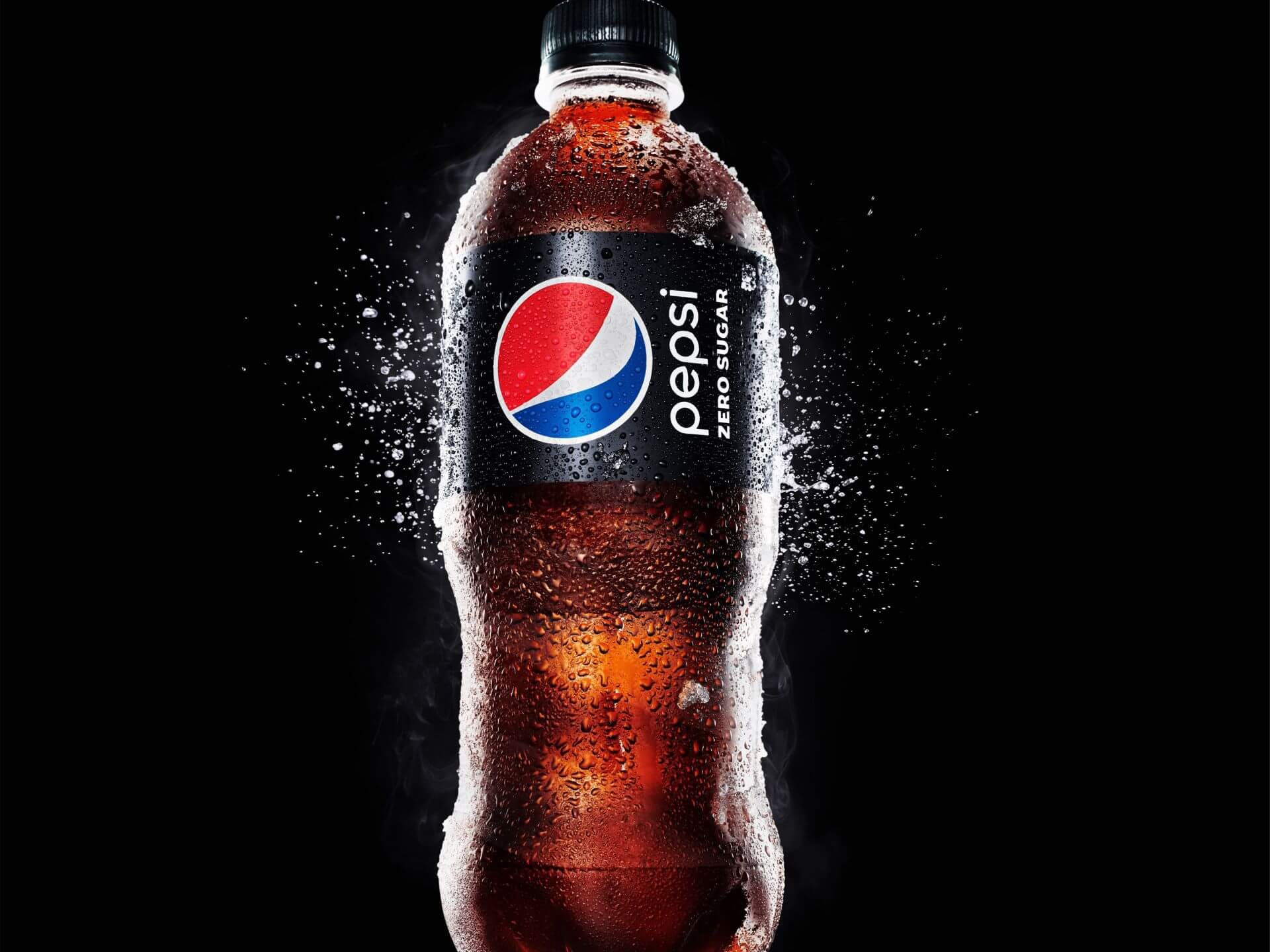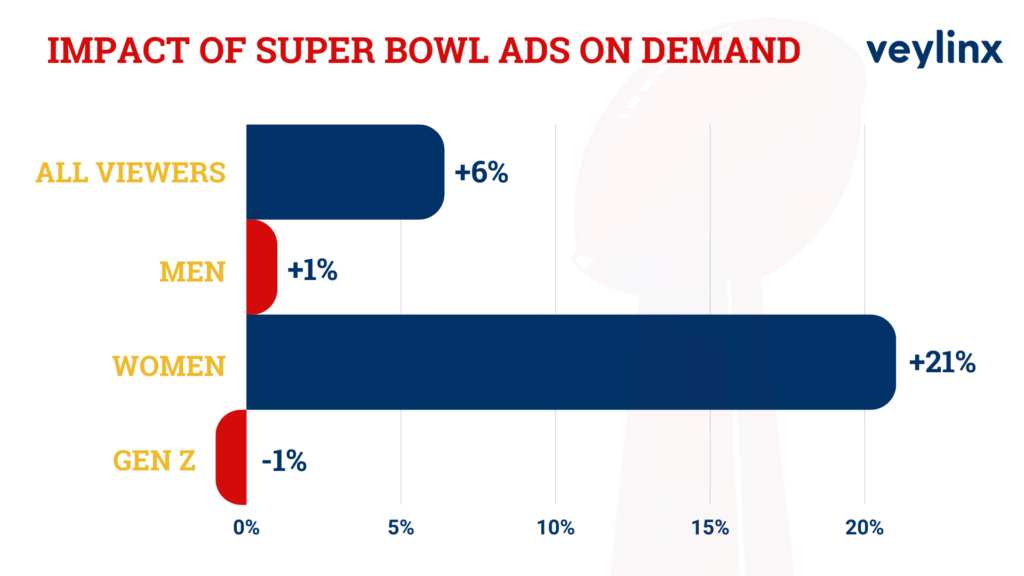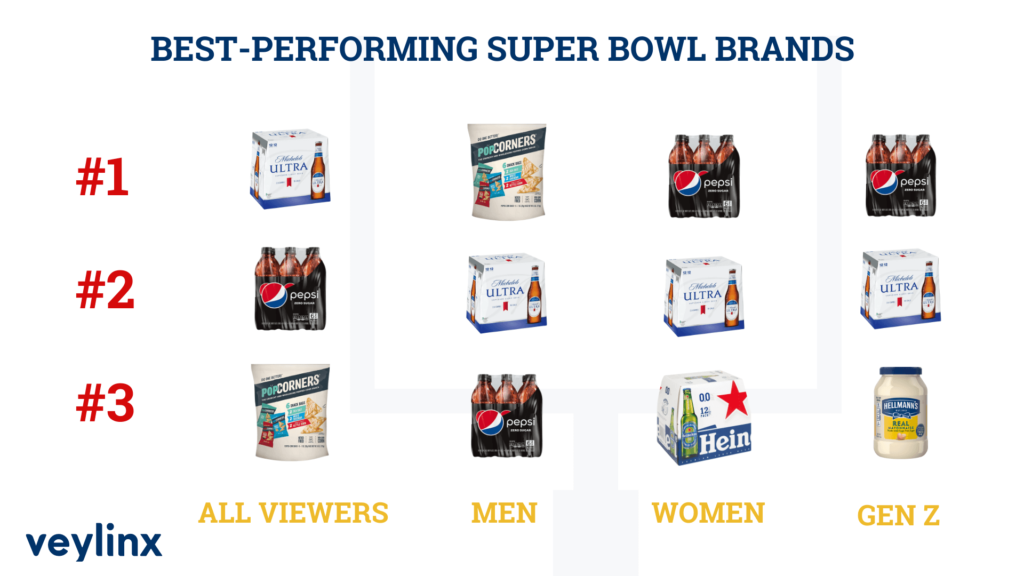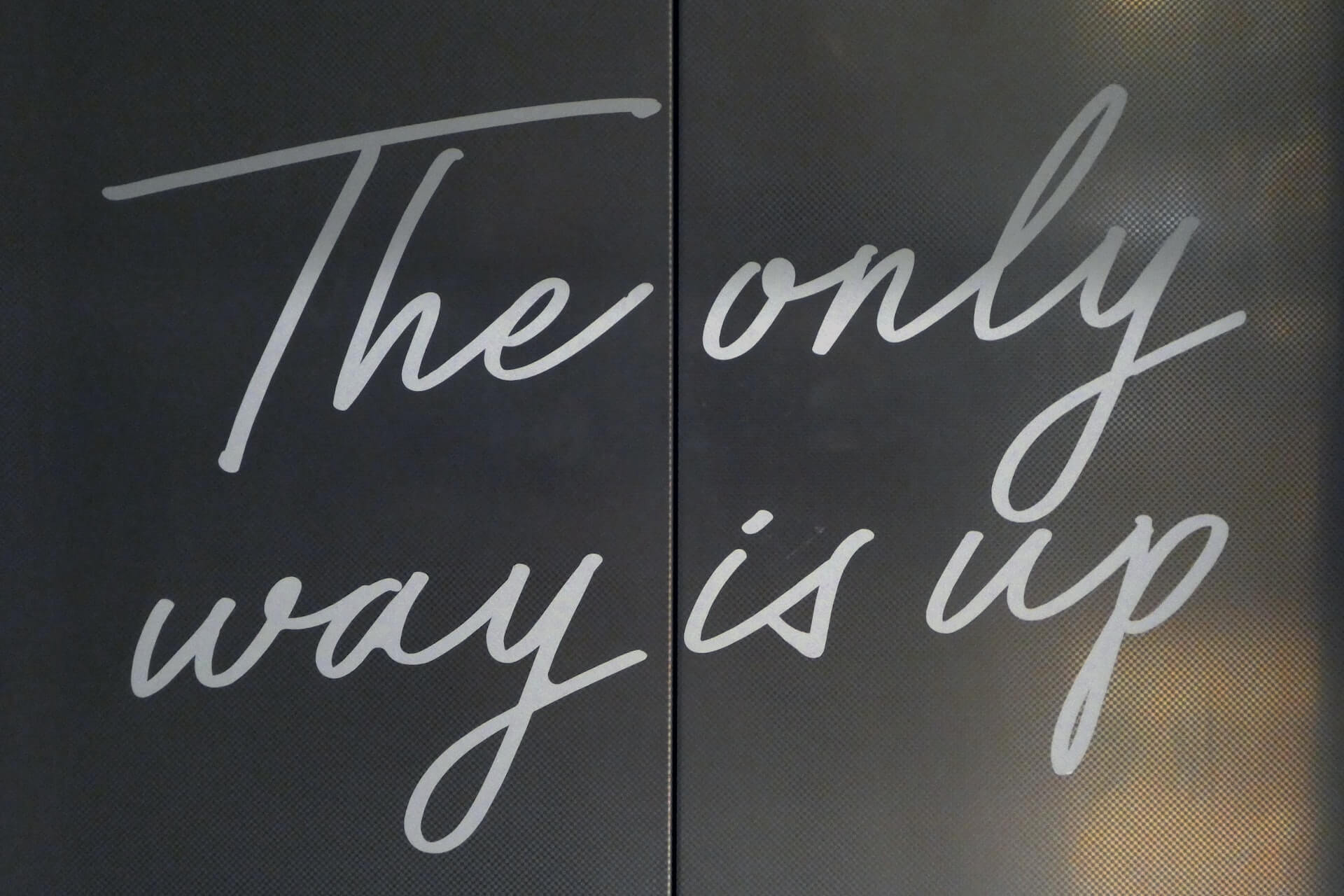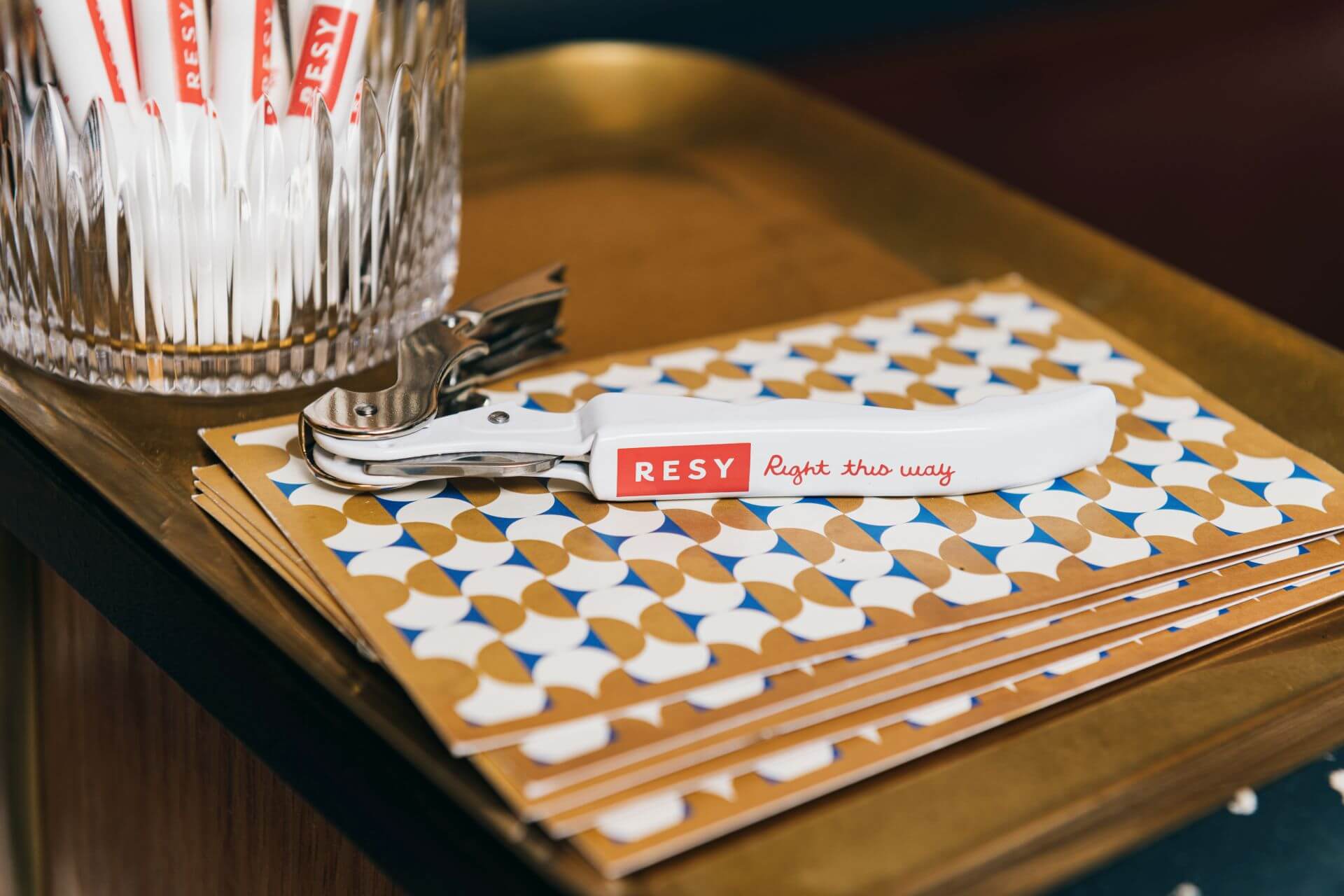Program for Unique Holidays: March 2023
by David Klemt

Do you want to stand out from from other restaurants and bars in your area? Change how you think about holiday promotions.
Several holidays are set against every date on the calendar, and March is no exception. These holidays range from mainstream to esoteric.
Pay attention to the “weird” or unique holidays to raise eyebrows, carve out a niche for your restaurant or bar, and attract more guests. Why do what everyone else is already doing? Why program only around the same holidays as everyone else?
Of course, you shouldn’t try to celebrate every holiday, strange or otherwise. Focus on the days that are authentic to your brand; resonate with your guests; and help you grab attention on social media.
You’ll find suggestions for promotions below. However, the idea behind our monthly holiday promotions roundup is to inspire you and your team to get creative and come up with unique programming ideas.
For our February 2023 holidays list, click here.
March 3: National I Want You to be Happy Day
This is certainly a holiday tailor-made for the hospitality industry. Above all, we should all want guests to feel happy before, during, and after their visit. Happy and excited in anticipation to visiting, happy throughout their visit, and leaving with a happy memory.
March 5: Cinco de Marcho
This is a week-long celebration. Traditionally, this holiday has been intended to prepare people for all the alcohol they intend to consume on St. Patrick’s Day.
However, operators can go a different direction with this. For the week leading up to St. Patrick’s Day you can trickle out the dishes and drinks you intend to feature for the big celebration. Alternatively, you can feature alcohol-free and even health-boosting drinks before St. Patrick’s Day.
March 8: National Proofreading Day
You and your team should be proofreading your menus before they every find their in front of guests. But, hey, mistakes are sometimes made.
For National Proofreading Day, challenge your guests to find errors on your menus, placing a “bounty” on them. Reward guests who find mistakes and then fix them.
March 10: Mario Day
Nostalgia is a powerful tool for generating engagement, boosting traffic, and creating guest loyalty. This holiday celebrates Nintendo’s most famous character, obviously.
If you have gaming consoles or Super Mario Bros. arcade games, you know what to do. And you also know you should create a Mario-themed LTO menu.
March 13: National Open An Umbrella Indoors Day
You could, if you’re superstitious, tempt fate on this day. For example, you could set some umbrellas by your front door and dare guests to open them indoors upon their arrival.
Or you could create an LTO menu with drinks served with cocktail umbrellas, a much “safer” way to celebrate.
March 16: National Everything You Do Is Right Day
Does your guest want another drink? That’s the right decision. Do they want to order a second starter? They’re right to do so. Is your guest mulling over dessert? They should do it because it’s the right thing to do.
March 22: National Goof Off Day
Sometimes your guests need to play hooky. Work, errands, chores… Who needs ’em? This is the day they should find refuge in your restaurant or bar and take a break from their responsibilities.
March 26: Make Up Your Own Holiday Day
I mean… Clean slate here. Create your own holiday and make it stick for an annual March 26 celebration at your venue.
March 29: Smoke And Mirrors Day
One of the simplest ways to leverage this holiday is with smoked cocktails and foods. Smoke sells: When one guest orders a smoked cocktail, others follow.
March 30: National Virtual Vacation Day
You can treat this like National Goof Off Day. Of course, you can also decorate your place to look like a vacation destination, create themed LTOs, and send your guests into April feeling refreshed.
Women’s History Month Holidays
In addition to March being Women’s History Month, there are separate days that celebrate women and women’s accomplishments, and bring attention to women’s issues. You can find these days below:
- International Women’s Week: March 5-12
- Women of Aviation Worldwide Week: March 6-13
- Women in Construction Week: March 6-13
- International Women’s Day: March 8
- National Women And Girls HIV/AIDS Awareness Day: March 10
Image: Ivan Bertolazzi on Pexels


